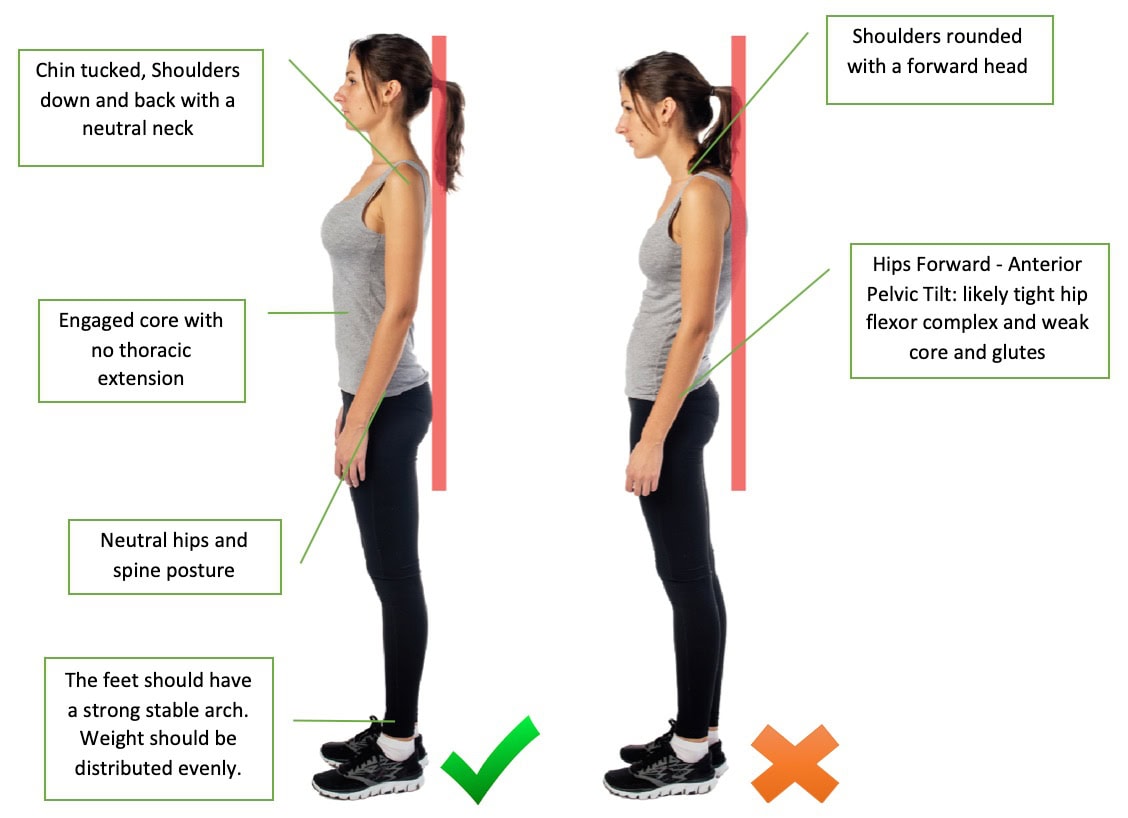Here’s a list of things that can reduce your risk of developing back pain or impairment over time:
- Maintain Good Posture: Ensure proper alignment when sitting, standing, and walking.
- Regular Exercise: Engage in activities that strengthen the back and core muscles, such as swimming, walking, or specific back exercises.
- Lift Properly: Use your legs to lift heavy objects, not your back. Keep the object close to your body and avoid twisting.
- Healthy Weight: Maintain a healthy weight to reduce strain on your back.
- Ergonomic Workspace: Ensure that your workstation is set up to promote good posture, with a chair that supports your lower back.
- Stretch Regularly: Incorporate stretching exercises into your routine to maintain flexibility.
- Stay Hydrated: Proper hydration helps maintain the elasticity and health of soft tissues.
- Quit Smoking: Smoking reduces blood flow to the spine and increases the risk of spinal disc degeneration.
- Wear Supportive Shoes: Choose shoes that provide good arch support and cushioning.
- Avoid Prolonged Sitting or Standing: Take breaks to move around if you need to sit or stand for long periods.
- Use Proper Mattresses and Pillows: Ensure your sleeping surface supports your spine properly.
- Manage Stress: Stress can cause muscle tension, leading to back pain. Practice stress-reducing techniques like meditation or yoga.
- Nutrition: Eat a balanced diet rich in vitamins and minerals to support bone health.
- Use Back Support: Use lumbar support while driving or sitting for extended periods.
- Avoid High-Impact Activities: Activities like running on hard surfaces can put excessive strain on your back.
- Listen to Your Body: Don’t ignore back pain; seek medical advice if you experience persistent discomfort.
By incorporating these practices into your daily life, you can significantly reduce the risk of developing back pain or impairment over time.
